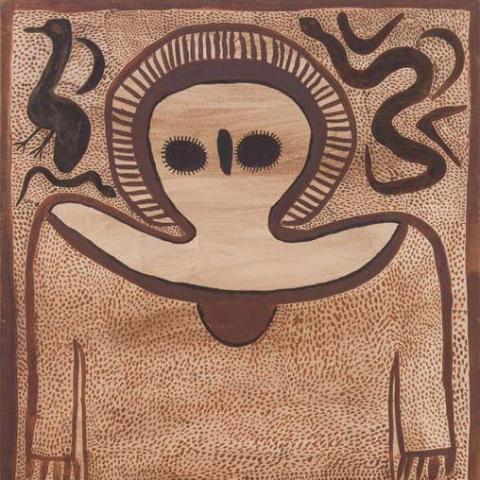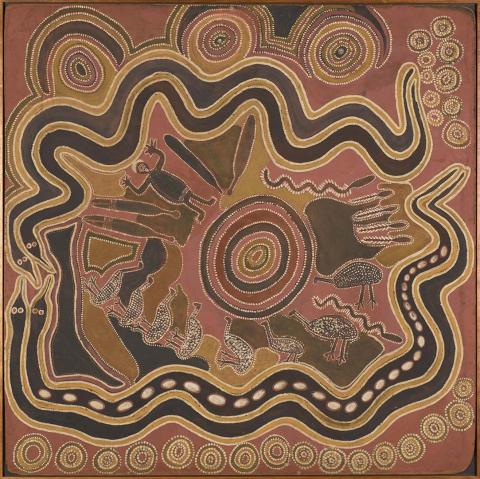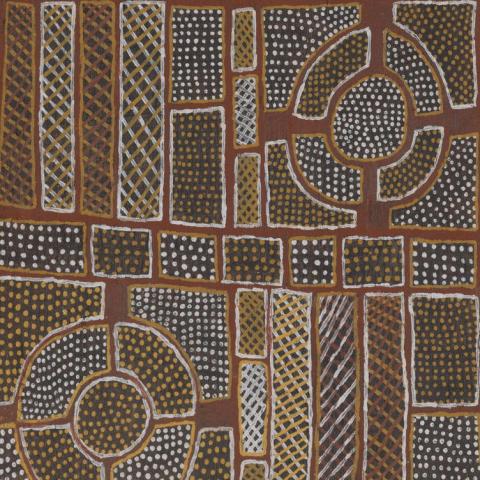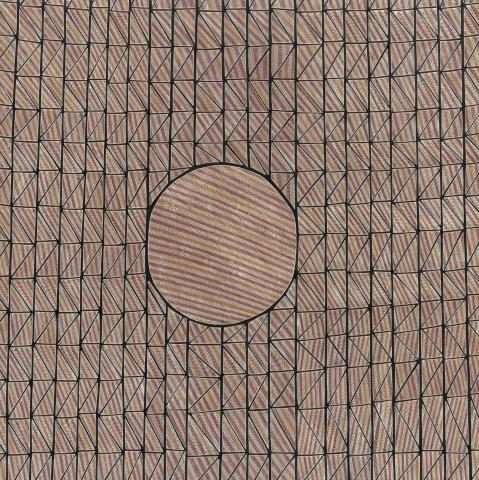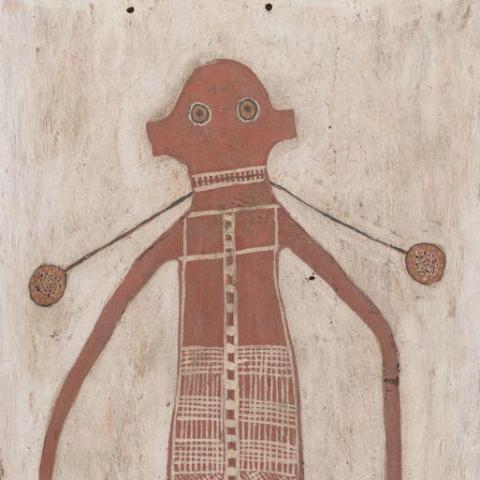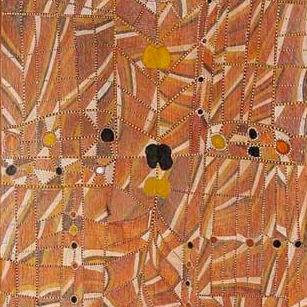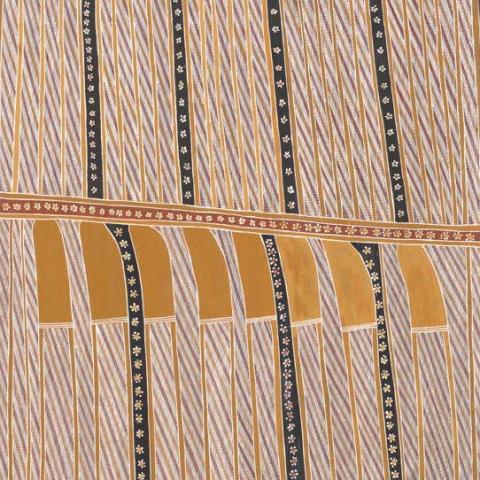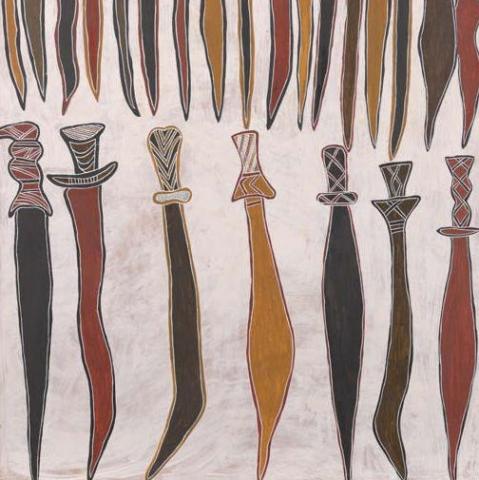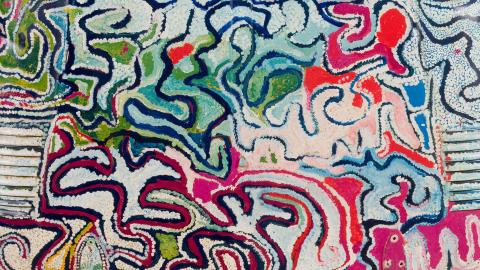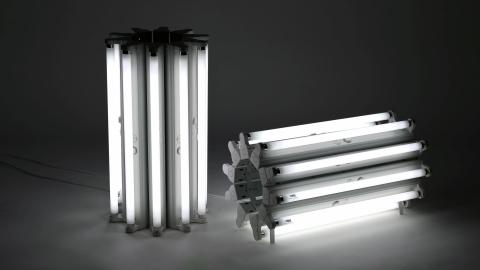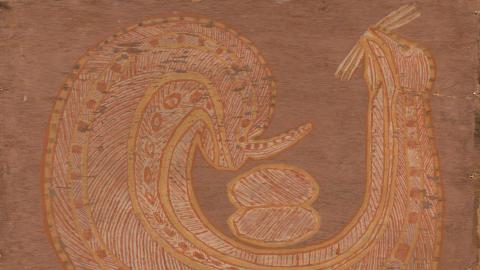Transitions
Historic and Contemporary Barks from the Collection 1948–2021
'Transitions' offers a unique experience of one of the world’s richest and most ancient artistic expressions, through more than 80 works painted in crushed earth pigments on sheets of eucalyptus bark and on wooden sculptures.
Eight decades of Australian Aboriginal bark painting including rare early examples and refined, innovative contemporary works — depict poetic creation narratives of artists across Australia’s northern coastline, from the Kimberley in Western Australia to far eastern Arnhem Land in the Northern Territory. Groupings in the exhibition reflect artists’ clan and Country affiliations, mapping the northern Australian landscape and highlighting the extraordinary cultural and linguistic diversity of its peoples.
Aboriginal people have painted their sacred designs on rock walls, their bodies and on ceremonial objects for millennia, but in response to developing interest in the twentieth century from local and international collectors, they began finding culturally appropriate ways to create saleable works. The earliest bark paintings in the Gallery's Collection were gifted following the 1948 American–Australian Scientific Expedition to Arnhem Land — the first to enter an Australian state art institution.
The Gallery continued to acquire works on bark, and in 2020 a generous gift of 66 early bark paintings by collector Robert Bleakley significantly enhanced QAGOMA’s representation of the bark painting tradition.
Although the same natural materials are still in use, bark painting has undergone a radical transformation as artists introduce new ways of expression, materials and techniques. ‘Transitions’ charts this evolution.
Feature image: Deaf Tommy Mungatopi / Tiwi people, c.1925–85 / Coral Dreaming Pukamani design (detail) c.1964 / Gift of Robert Bleakley through the QAGOMA Foundation 2020. Donated through the Australian Government's Cultural Gifts Program / © Estate of Deaf Tommy Mungatopi/Licensed by Aboriginal Artists Agency
Digital story context and navigation
TRANSITIONSExplore the story
About this page
Related resources
